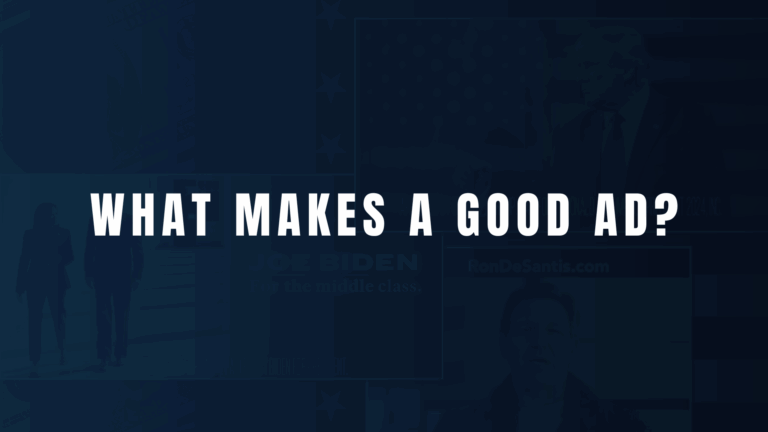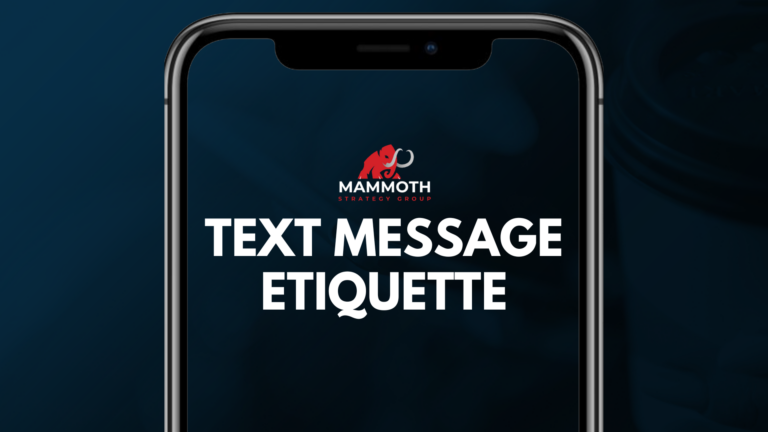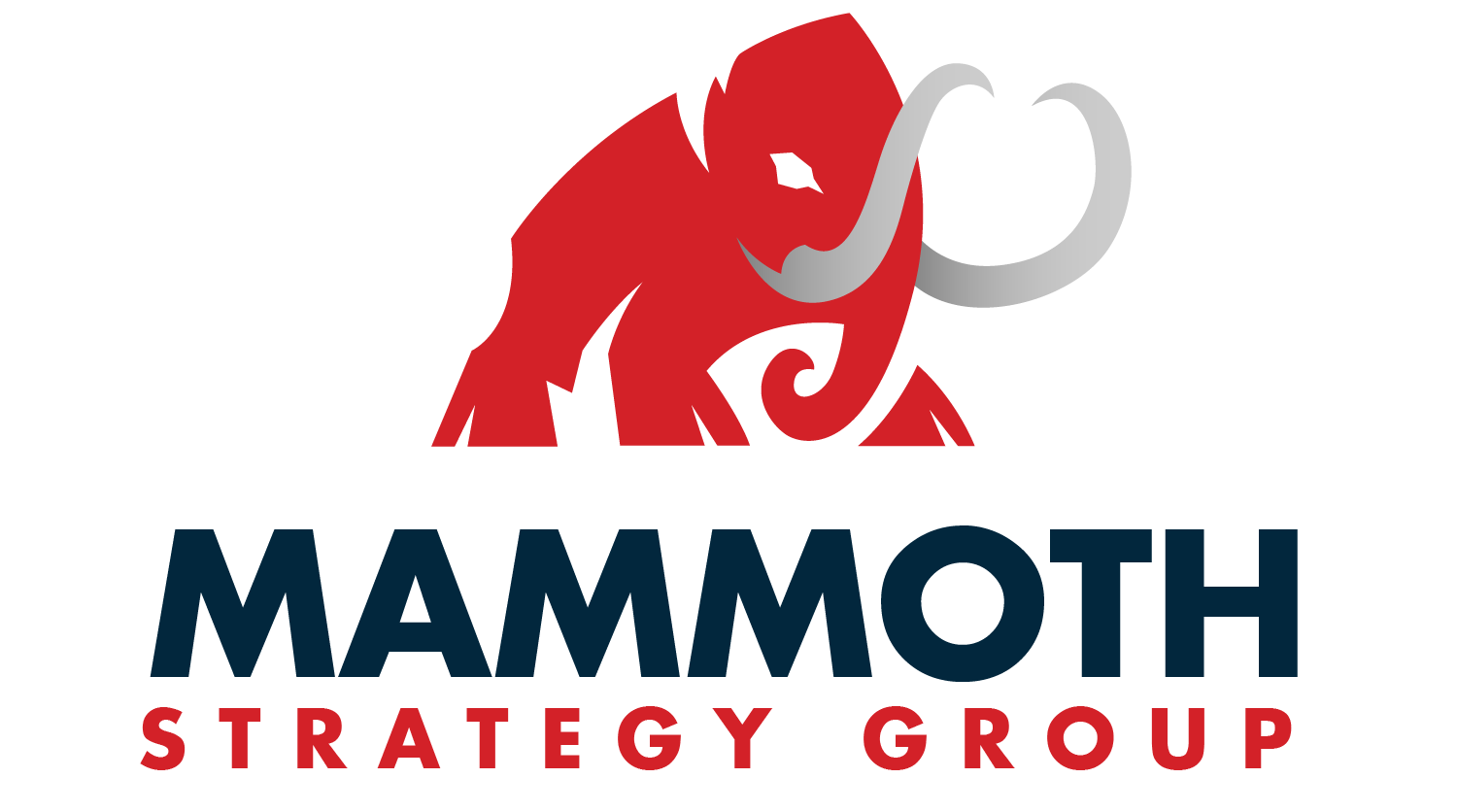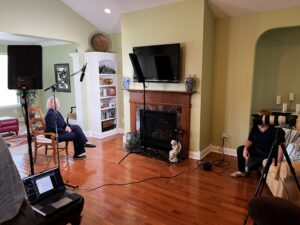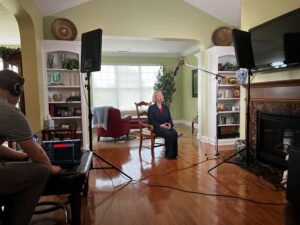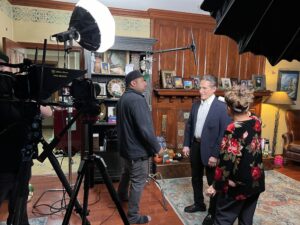Last week, following the announcement of a primary challenge, the Secretary of State in my home state launched a new ad. As I watched, I could immediately identify what was wrong with it. At just under five minutes long, it was completely impractical for effective placement. The pacing dragged, the messaging was muddled, and worst of all — it wasn’t memorable.
That led me to this blog. What makes a good ad? More specifically, what makes a strategically smart ad for a budget strapped campaign?
Let’s get something straight from the start: Every dollar spent on advertising in a campaign should be considered an investment. That means we don’t just judge an ad by how it looks or sounds — we judge it by how it performs. And performance doesn’t happen in a vacuum. It’s about placement, narrative building, and reinforcement.
Here’s how to get it right:
1. Think Long-Term: Spend with Strategy
Campaign budgets, especially in primary races or local elections, are tight. That’s why every ad should be created with a long-term strategy in mind. You’re not just making noise — you’re building a brand.
Ask yourself:
- Will this ad fit across multiple platforms (TV, digital, social)?
- Can it be broken into shorter clips or reused later?
- Does it align with the larger story of the campaign?
Throwaway ads don’t serve a campaign. Your production should support your message over time, not just for one media cycle. Think of every ad as a building block in a larger narrative arc.
2. Master Effective Placement
A five-minute video might win you praise from your internal team, but it won’t get a second look from the average voter scrolling Facebook at 9 p.m. Effective ads respect time and context.
- TV and Streaming: Aim for 30 seconds — max. This is your best shot at broad exposure. Make every second count.
- Social Media: 15–30 seconds is the sweet spot. Hook the viewer in the first 3 seconds or risk being skipped.
- YouTube Pre-Roll or OTT Ads: Lead with energy and emotion. If you don’t land your message before the “Skip Ad” button, you’ve wasted your spend.
You’re not just paying for a video — you’re paying for viewership. Don’t burn resources on content that won’t get watched.
3. Build a Cohesive Narrative
One-off ads are like one-liners without a setup or punchline. Effective campaigns tell a story — and good ads are chapters in that story.
Are you the political outsider? The experienced leader? The veteran, the parent, the local business owner? Pick a core identity and build every ad around reinforcing that persona.
This narrative doesn’t just help voters understand you — it gives them a reason to remember you.
Too many candidates fall into the trap of overexplaining policy or trying to squeeze in every credential. The best ads aren’t comprehensive — they’re compelling. They drive curiosity. They plant ideas. They make voters want to hear more.
4. Create Reinforcing Content
A good ad doesn’t live in isolation. It should be reinforced by your other materials: mailers, talking points, social media posts, stump speeches, and interviews.
If your ad says you’re “tough on crime” but your website barely mentions law enforcement, that’s a disconnect. If your TV spot frames you as a grassroots fighter but you’re seen only at donor dinners, you lose credibility.
Your content strategy should be interconnected. A voter should hear the same tone, themes, and values — whether they see you in a TV ad or in their mailbox.
And that reinforcement goes both ways: your ads should pull from real actions and real values. Never pretend. Voters can spot a phony, especially in our own party.
5. Don’t Just Inform — Persuade
Here’s a hard truth: Voters aren’t craving more information — they’re looking for someone to believe in. Your ad isn’t a lecture, it’s a sales pitch. It should lead with emotion, not facts.
- Tap into what your voters care about: safety, economic security, parental rights, patriotism.
- Use visuals and music that feel like your message — strong, hopeful, urgent, defiant.
- End with clarity: what you stand for, what you’ll do, and why you’re the right choice.
Good Republican ads don’t try to look like Democrat ads in red font. They reflect our values — bold leadership, personal responsibility, local control, and faith in country and community.
Final Thought: The Best Ad Doesn’t Just Look Good — It Wins
You’re not in this race to produce a masterpiece. You’re in it to win. A great political ad is a tool — and tools only matter when they work.
Before you greenlight production, ask:
- Can I afford to place this ad widely enough to matter?
- Will it make my base proud and my opponents nervous?
- Does it build momentum, or just fill time?
If the answer isn’t a clear yes, go back and refine. In this political climate, every move matters. Don’t waste your shot with an ad that misses the mark.
If you’re a Republican candidate or strategist who’s serious about messaging that moves numbers — not just makes noise — then it’s time to take production, placement, and persuasion seriously. At Mammoth Strategy Group, we specialize in building winning narratives, crafting ads that stick, and deploying media that delivers results.
Ready to sharpen your message and win your race?
Email us at sales@mammothstrategygroup.com — and let’s get to work.



